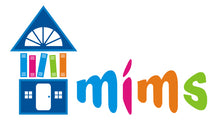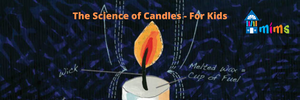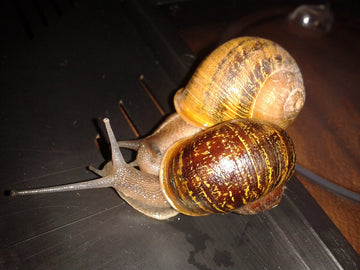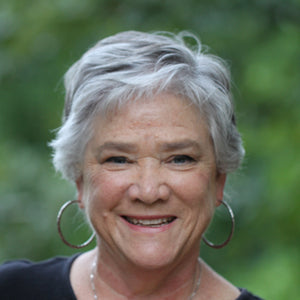The Impact of One Science Teacher
Burn: Michael Faraday's Candle
Book 1, Moments in Science Series
On December 28, 1848, Michael Faraday gave a scientific lecture to juveniles (kids). He called the lecture, “The Chemical History of a Candle.” British scientist Faraday is known as a superb experimenter, able to set up and conduct experiments. He always asked, “What is the cause? Why does it occur?”
Michael Faraday is consistently on lists of the Top 10 Scientists. He’s most famous for his work in electro-magnetic rotations, which is the basis of the electric motor. In chemistry, he discovered two elements, chlorine and carbon. He also experimented with steel alloys and optical quality glass. When he needed a convenient source of heat, he invented the Bunsen burner.
His candle lecture is the most famous science lecture ever given. The Royal Institution began giving juvenile lectures during the Christmas holiday in 1825. Since then, it’s run every year except during World War II. Faraday’s candle lecture was published in 1861 and has never gone out of print.
Think of that, science teachers! What if you gave a student lecture, published it and it stayed in print for 150+ years?
What was so wonderful about the lecture?
Fellow naturalist William Crookes described Faraday's lectures this way: "All is a sparking stream of eloquence and experimental illustration."
In other words, he was a gifted speaker with the ability to keep an audience fascinated. He knew what would keep their interest. One of his props was a candle salvaged from the wreck of the Royal George, which sunk on the 29th of August, 1782; yet the candle still burned brightly when lit.
Second, Faraday was aware of cutting-edge science of his time. One of the candles he showed was made from paraffin, which had just been discovered a year or two earlier. It was distilled from peat from peat bogs.
Faraday’s explanations were clear and understandable. He organized his lecture in a series of steps and explained each step thoroughly before moving forward.
BIG IDEA of SCIENCE: A good science teacher can have a long-term impact.
To write the book, BURN: Michael Faraday's Candle, I took Faraday’s original 6500-word lecture and reduced it to 650 words. Of course, a picture book also has the advantage of illustrations. The diagram of a burning candle, and of the sources of candle wax are interesting and allow for fewer words.
In the editing process, word choice was hard. One problem is that Faraday’s lecture has archaic language. For a children’s book, it was important to keep the vocabulary under control. Archaic British expressions were the biggest hurdle in writing the story. In the end, I left some touch of archaic language, while updating most of the text to modern language. It’s a delicate balance to achieve.
I only hope that this version of Faraday’s candle lecture will have its own long life.
ORDER the Hardcover for $19.99. OR Learn More.







